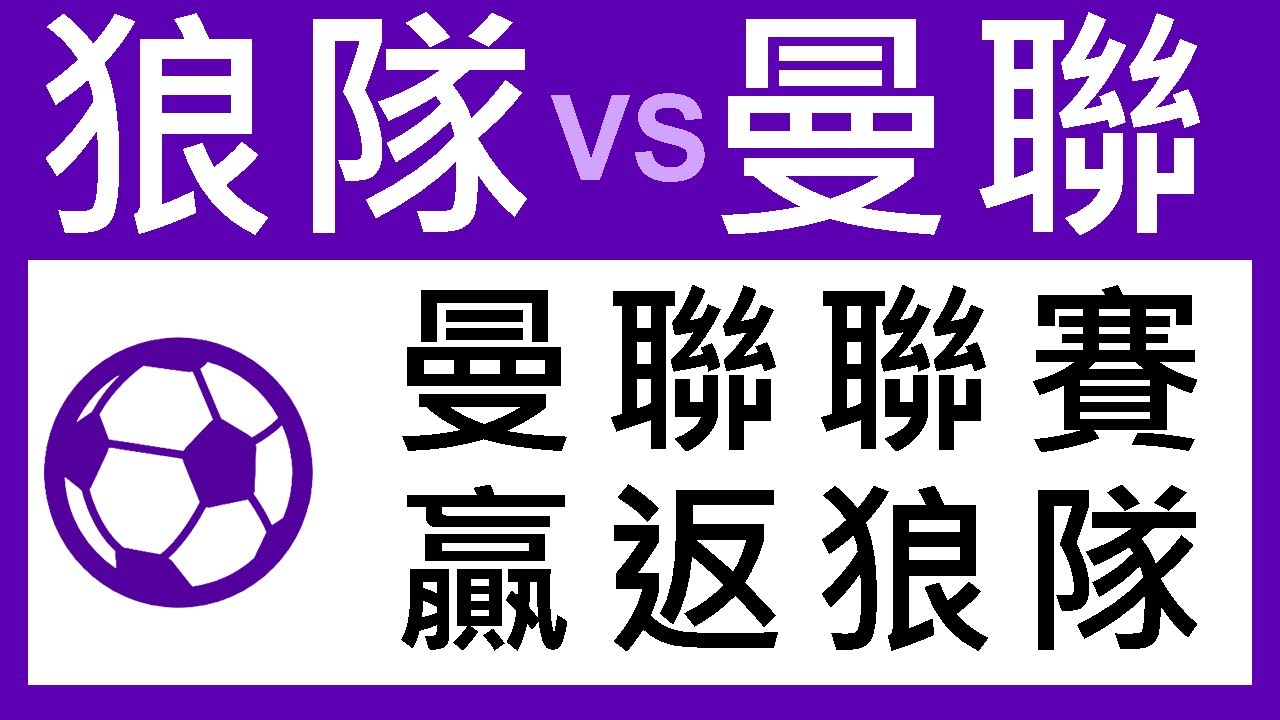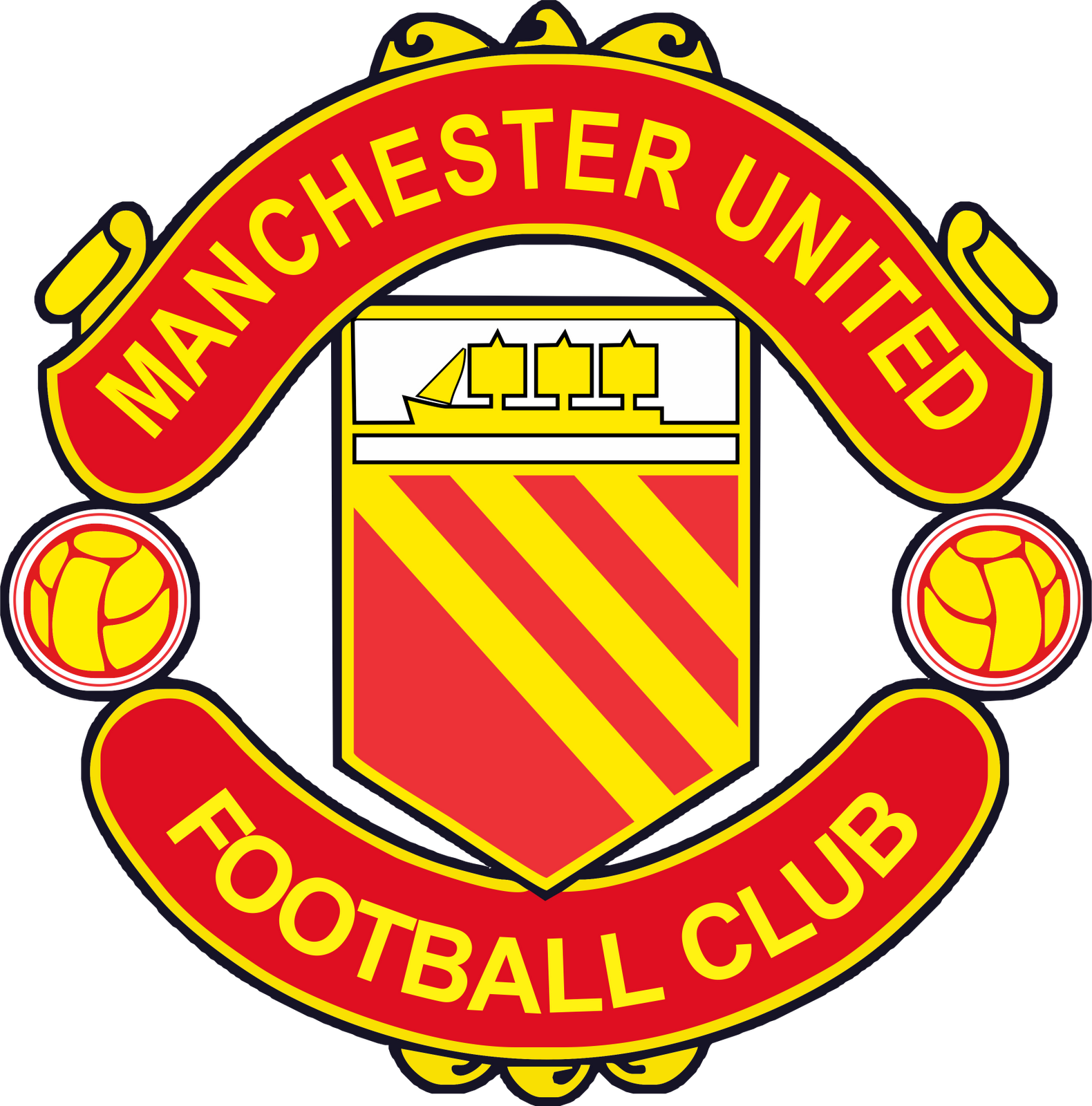
Introduction to the Isthmian League
The Isthmian League, one of the oldest football competitions in England, plays a vital role in the non-league football system. Established in 1905, it represents a significant platform for clubs outside the Football League, helping to develop local talent and providing competitive gameplay. The league’s relevance extends beyond mere results; it forms a vital aspect of the football pyramid, allowing teams to progress to higher divisions based on their performance.
Current Structure and Teams
As of the 2023-24 season, the Isthmian League operates three divisions: the Premier Division, North Division, and South Division, accommodating clubs from London, the South East, and West Sussex. The Premier Division is the highest tier and features clubs such as Billericay Town and Kingstonian. The league consists of 24 teams in each division, creating a total of over 70 clubs competing for promotion and cup accolades.
The competition not only fosters local rivalries but also works alongside the Southern and Northern Leagues, giving clubs a chance to ascend to the National League, which represents the highest tier of non-league football.
Recent Developments
In recent seasons, the Isthmian League has witnessed significant changes, with clubs adapting to challenges posed by financial uncertainties and the need for sustainable operations. The Covid-19 pandemic has also impacted the league, leading to temporary suspensions and adjustments in match scheduling. However, the league has shown resilience, returning to a full schedule and enhancing its community engagement initiatives.
Moreover, the introduction of the VAR (Video Assistant Referee) system in upcoming matches is under discussion, which could shape how the game is officiated at the non-league level, aiming to improve accuracy and fairness in decisions.
The Future of the Isthmian League
Looking ahead, the Isthmian League is poised not only to maintain its status within the non-league framework but also to evolve further. With ambitions to improve facilities and enhance competitive standards among clubs, the league aims to foster a thriving environment that benefits players, supporters, and the local community. Followers of the league can anticipate exciting developments as clubs strive for success on both a competitive and community level.
Conclusion
The Isthmian League remains an essential cog in the wheel of English football, bridging the gap between grassroots and professional levels. Its enduring legacy and commitment to development highlight its importance in nurturing the next generation of football talent while reinforcing community ties. As the league progresses, fans and clubs alike will continue to play a crucial role in shaping its future.
You may also like

The Legacy and Current Standing of Osasuna FC

狼隊 對 曼聯: 比賽回顧與未來展望
